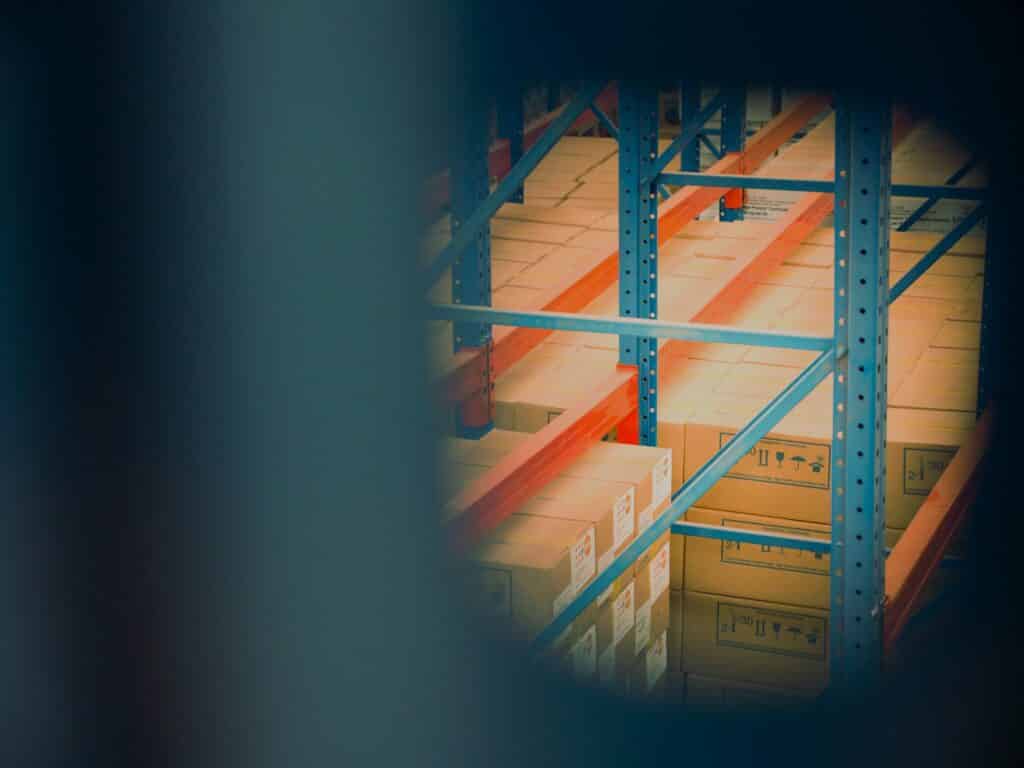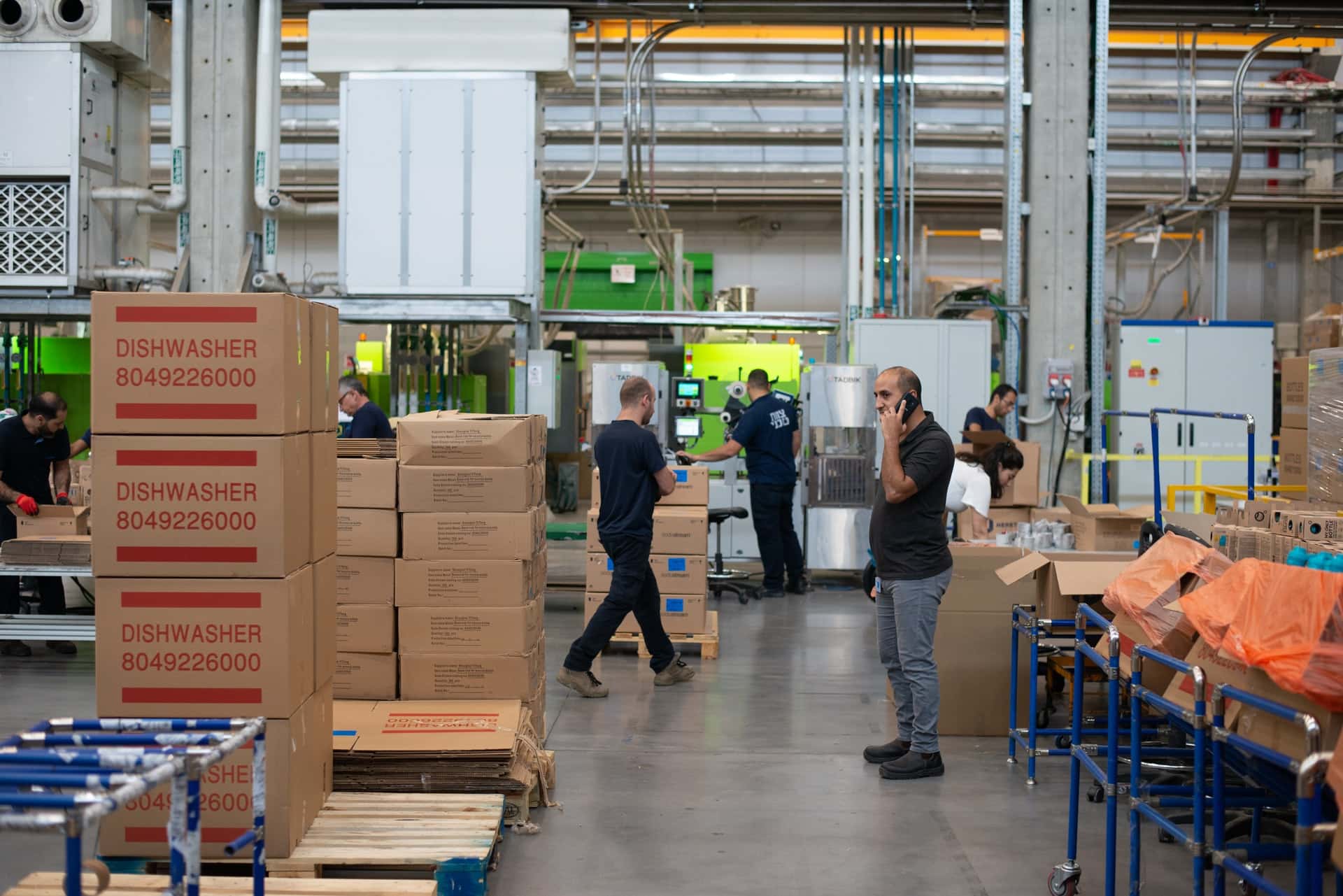Supply chain logistics plays a central role in every business. And yet, supply chain processes generally take place in the background, away from customers. Regardless, it’s your customers who bear the brunt when inefficiencies in logistics and manufacturing arise. From poor product quality to delayed deliveries, your supply chain has huge implications on customer experience.
Table of Contents
Supply Chain Logistics and Customer Experience
Aiming for increased visibility into logistics goes far beyond letting supply chain stakeholders know what’s going on with their shipments. While GPS positioning and condition monitoring data offer valuable insights to help you plan better over time, it’s optics that actually boost the customer experience.
Let’s take a closer look at how customer experience receives a boost with greater visibility into supply chain logistics.
Self-service Package Tracking
Most logistics providers offer package position monitoring to customers currently. Customers log in to the delivery partner’s portal, type a tracking code, and receive information about where their package currently is and when it will arrive. While this level of detail is better than zero data, the process doesn’t offer much insight to a customer.
Imagine a scenario where a customer has ordered a condition-sensitive product such as food or precision electronics. These products suffer damage at the slightest provocation, and customers may worry about the condition in which they’ll receive the product. Delivery firms might tell the customer their package will be delivered between “1 PM to 8 PM,” and the customer has to hope for the best.
Visibility into supply chain data will help logistics firms transfer conditions and other relevant datasets to consumers. Consumers can track package positions in real-time, view the bureaucratic steps their package has to endure (if applicable), and track all condition-related alerts throughout the process.
For instance, if a food package repeatedly violates condition thresholds, the customer can coordinate with customer service and cancel or replace the shipment. Catching these errors proactively also helps manufacturers and shippers, because the customer doesn’t have to deal with reverse logistics or the disappointment of receiving a poor product.
These situations also offer manufacturers an opportunity to enhance customer relationships. Offering proactive and self-service package visibility is the best way of letting customers know their insight is valuable and that their experience matters. Companies can offer them insights into how sustainable your practices are, a factor that is increasingly central to buying decisions.
The result is increased brand loyalty and repeat purchases.
Less Product Damage
Product damage detected upon delivery is guaranteed to kill any customer interest for future purchases from a manufacturer. Visibility helps manufacturers and supply chain partners minimize or even eliminate product damage. More importantly, visibility helps supply chain stakeholders locate sources of damage and mitigate those risks proactively. This is a key part of supply chain logistics as it relates to customer experience.

Locating the source of product damage is a tough task for many firms. Does damage begin in the manufacturer’s warehouse, in your fulfillment center, or is the delivery partner to blame? Condition monitoring data and analytics platforms can reveal damage trends that all stakeholders can leverage.
For instance, a spike in product damage when delivering to a location or along a route indicates a problem that needs investigation. Supply chain logistics firms can begin by monitoring product condition data from the manufacturer all the way to the customer.
In many cases, these datasets reveal unexpected sources of damage. Your delivery partner might have chosen an excellent route in terms of efficiency and conditions, but the damage might have occurred during inspections or due to improper handling in customs sheds. Collecting as much data as possible and analyzing it is the key to enhancing visibility.
When used in this manner, retailers and business suppliers can not only minimize damage, but also eliminate waste in their processes. A side-effect of such analysis is a perfect product delivery experience for customers.
Complaints reduce, and thanks to data monitoring from suppliers to consumers, sellers and supply chain stakeholders can control the customer experience. Along the way, your customer service reps will also deal with fewer customer complaints.
Improved Customer Journeys
The customer journey begins with a need. Customers have a problem, and they turn to a manufacturer or retailer to solve it for them. The better the experience, the more likely the customer is to return. The procurement process is a critical area of concern for manufacturers. The better the raw materials they receive, the higher the quality of the finished product.
Great customer journeys begin with procurement, and supply chain visibility helps manufacturers eliminate issues before they arise. For instance, visibility into the materials a supplier uses in their products helps companies identify potentially hazardous materials.
Product safety is a major issue in multiple industries. Regulatory authorities monitor the use of dangerous products in raw materials, and violations can effectively shut a business down. In addition, shipping dangerous goods to customers will cause brand damage that is impossible to recover from.
By monitoring data throughout the manufacturing and procurement process, the stakeholders for supply chain logistics can plant the seeds of a great customer journey. Manufacturers can use assembly line data to model supply needs. For instance, assembly line data might reveal a part nearing the end of its life cycle just before the peak shopping season.
Manufacturers can thus automate maintenance, ensure optimal production capacity, and address consumer demand. All these elements play a critical role in ensuring a great customer experience with supply chain logistics.
Better Customer Experience, Better Revenues
Product quality lies at the heart of a great customer journey. Visibility into all the elements that make a product great helps companies who rely on supply chain logistics ensure that customers receive the goods they want, when they want them, and in the best condition possible.










